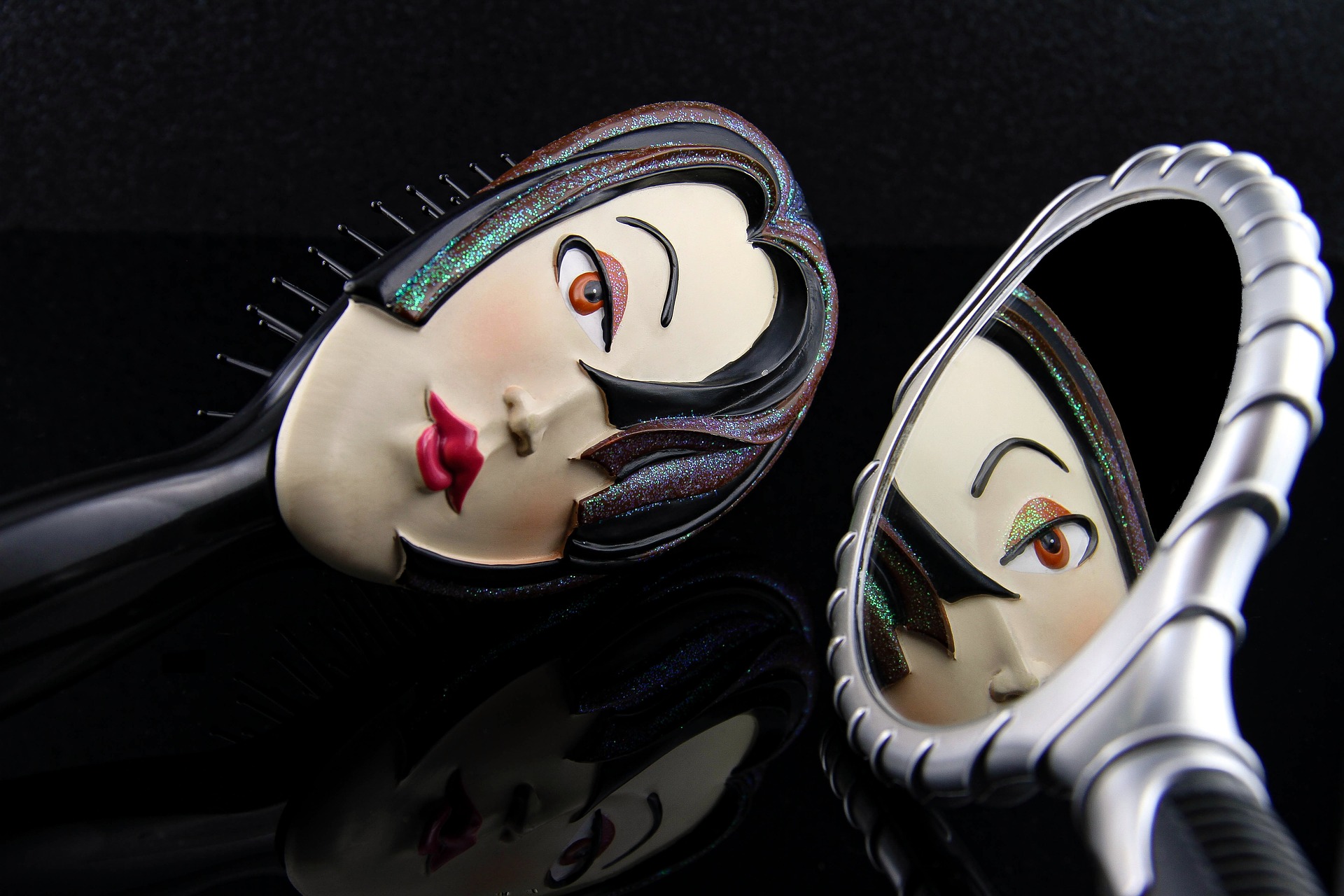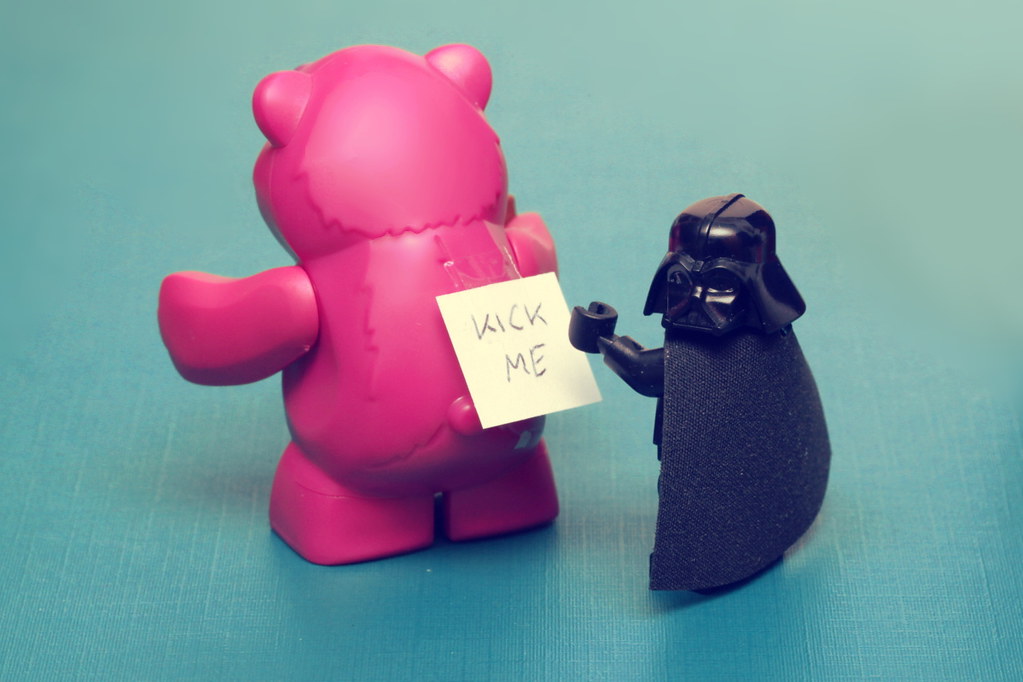Read Like a Writer
So You Want to Write in the Second Person
Craft lessons from stories by Blair Hurley, Gabrielle Hovendon, and Ladi Opaluwa

Welcome to Read Like a Writer, a series that examines a different element of the craft of fiction writing in each installment, using examples from the Recommended Reading archives. Each month, the editors of Recommended Reading—Halimah Marcus, Brandon Taylor, and Erin Bartnett—will select a few stories that illustrate a specific technique, style, or writing challenge such as how to write a story with only one character, use the first person plural “town” POV, or write an ending that is surprising yet inevitable.
The challenges to writing second person fiction do not apply only to second person fiction, which is to say that they have to do with persuading the reader to abandon their doubt. All of fiction involves overcoming the resistance readers have toward circumstances that conflict with their own sense of reality. The difference is, second person has to overcome this resistance hundreds or thousands or tens of thousands of times as the story unfolds. In a fantasy story, we might have to accept, broadly, the premise that magic exists or that dragonfolk walk among us. But in a second person story, we have to accept, in a really minute way, that yes, you do lift your hand to your face to wipe sweat from your brow when you are not doing that at all.
Second person fiction is confrontational. It forces the narrator and the reader into an alignment of opposition. In third person or first person, the reader is free to identify with the narrator at their own leisure, guided of course by the rhythms of the narration itself. Consider the way that Jane Austen coaxes us, in moments of great emotion, to identify with Anne Eliot in Persuasion, but when the moment passes, we ebb away from her and to a more aloof narrative distance. But in second person fiction, the reader is forced into identification with a character for the duration of the story. You are a young, West Indian woman being told how to wash in clothes in Jamaica Kincaid’s “Girl.” You are a privileged white guy on a coke bender in Bright Lights, Big City. You are a witty adulteress in Lorrie Moore’s “How to Be an Other Woman.” There is no room to breathe in the second person. We do not flow in and around the character so much as hurtle along through the narrative space, the world of the story rising up to meet us like passing cars on the highway. What makes second person so challenging to write is that the author must overcome the reader’s response to this forced identification with the you of the story.
But that identification is one of the great strengths of second person. The author can force the reader into a position of uncomfortable subjectivity or implication. Or the author can, with a few deft strokes, conjure the eerie, oblique angle between a person who has been traumatized and their sense of themself. Yes, second person is a POV that discomforts in part because it refuses to erase the artifice inherent in storytelling, but this artifice, when done successfully, gives the story a three-dimensional aspect. Second person stories can be playfully meta or crushingly profound.
Below, you will find a sampling of second person stories from the Recommended Reading Archives, selected by the editors. —BT

“How Does a Person Become a Nun? A Practical Guide” by Blair Hurley
Blair Hurley demonstrates the formal play possible with second person in “How Does a Person Become a Nun?” The story’s structure is drawn from the set of steps one makes toward taking vows. The reader watches as Molly and her mother, who is an Easter/Christmas Catholic and a feminist, grapple with Molly’s apparent calling.
As editor Erin Bartnett says in her introduction to the story: “Written entirely in the second person, ‘your mother’ is the one who cries, ‘Why do you have to punish yourself to be good?’ And ‘you’ are the one who wants ‘to explain to your mother that you have a sensual life too: you are seeking a greater intimacy with God.’ You, the reader, by way of Hurley’s lyrical prose, are lulled into identifying with Molly. But no, wait, of course, not you—you don’t want to be a nun, do you? The magic trick of this back-and-forth between recognition and alienation, is that you end up feeling, at the most intimate level, what it must be like to be Molly and also what it’s like to be her mother.” —BT
“The Bird Is a System” by Gabrielle Hovendon
An easy way to piss off someone born in the early- to mid-1980s is to call them a millennial. The bounds of the generation are technically 1981 to 1996, but few people born before 1986 are willing to identify as such. This defensiveness is a compelling reason for “The Bird is a System” by Gabrielle Hovendon, a story about millennial malaise, to be written in second person. Every person who reads it—even, or especially, the millennials—will resist believing “you” applies to them.
The narrator, a recent college graduate, is working at a down-and-out owl sanctuary while she contemplates her life goals, purpose, and romantic possibilities. Throughout the story, the narrator capitalizes phrases like “Thrive Under Pressure,” “Following a Nontraditional Path,” and “Building Character.” One has the impression that these phrases are not organic to her, they are inherited from parents and career counselors; people who have placed expectations on her that she has been unable to fulfill. People who started most of their sentences with “you should” and “you have to.” Along with the second person, these phrases signify the distance between her life as it is happening, shoveling owl shit and flinging mouse carcasses, and her life as she expected it, which, she begins to realize, she never bothered to picture with any specificity.
Hovendon also makes excellent use of the transportive properties of the second person, finding unexpected beauty in the owl sanctuary: “All around you, the evening insect sounds were beginning. Lightning bugs speckled the aviary.” As the narrator gives herself over to indecision, to the particular joys of being in medias res, so too does the reader give themselves over to the second person’s direct address. Maybe it isn’t so bad to be an aimless twentysomething, a life full of possibility ahead of you. —HM
“Maroon” by Ladi Opaluwa
“Maroon” by Ladi Opaluwa is a story about sexual violence, an experience that defies narration. The narrator, a 19-year-old unnamed woman, is studying in her dorm room, listening to a thunderstorm outside, when she is interrupted by an uninvited visitor: “You did not hear Pastor James knock.” The sentence is simply and immediately terrifying. Every time I read it, I feel that knock in the bottom of my lungs. Pastor James, we come to learn, is the leader of the Spring Living fellowship that the narrator is also a part of.
In this story, the second person POV is operating on complex registers. The second person creates a reflective but separate experience of the trauma for the narrator to relate, as one would describe the face in the mirror. You, but not you. But Ladi Opaluwa also deftly uses the second person to subvert the power dynamic, putting the narrator in control of the storytelling, and submerging the reader into the immediacy of being acted upon: “You knew where he was going but wanted to be sure, to wait and see, to be a spectator over yourself, a witness to your own calamity.” It makes the reader “a spectator over yourself” in a visceral way, and asks what it means to witness. —EB










